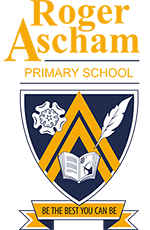Design & Technology
At Roger Ascham, design and technology is a creative, problem solving activity in which children are explicitly given the time and chance to make mistakes and consciously learn from them. The subject of D&T provides a great opportunity for children to learn how to learn.
Children investigate, design, make and evaluate products to fulfil a specific purpose. They have ownership over the process, choosing the audience it is being produced for. Designs show how a child is thinking of making a product that works. From investigation through to evaluation, building standards are agreed and referred to. Children develop an understanding of the importance of standards and quality control in the real world and will use the same principles to guide and evaluate their own projects.
They build mock ups, allowing them to test the working parts they want to use in their final product. They then tinker with their mock up to make sure it works as well as it can. Tinkering is problem solving on the go and children will be encouraged to do as much tinkering as they can. Once they have solved problems and made decisions, children make a prototype which puts together all of their tested parts in one product. This may not be decorated or finished, but it will work!
In order for children to develop the full range of skills, teachers focus on specific aspects of the process for different products. Children also experience discreet tools and skills sessions – for example learning how to use a saw. To align D&T more closely with the development of design and engineering processes, cooking is taught within other curriculum subjects such as maths, science and topic.
EYFS Learning Journey
Knowledge and Understanding
Children select the resources they need to develop their projects. They apply their growing understanding of how things work (opens, rolls, supports & joins) to the building of their projects.
Creativity and Problem Solving
Children develop their ideas on the go as they move ‘to and fro’ between their imagination and the practicalities of the tools and materials used. Children support the ideas of their friends and offer them solutions to their projects.
Using Tools and Materials
Children explore materials (wood, plastic, paper, card and fabric) and begin to understand their properties and uses. They develop their manual dexterity whilst safely using a range of simple tools (hammers, saws & scissors).
Years 1 & 2 Learning Journey
Year 1
Stable Structures
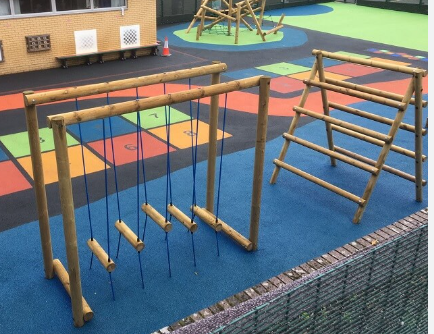
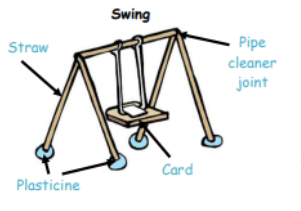
Children will learn to design and make a model swing and climbing frame using triangular and rectilinear shapes to create strength and stability. Once children have learned how to build stable structures they will use their practical knowledge to design and make their own toy swing and climbing frame.
Using Levers and Slides
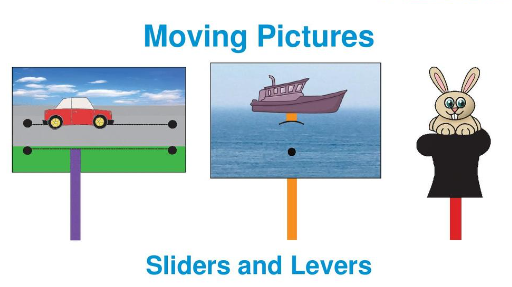
Children will learn to design and make a picture with moving parts. After gaining practical experience of using levers and slides to animate a simple picture, the children will design and make their own moving picture.
Glove puppet
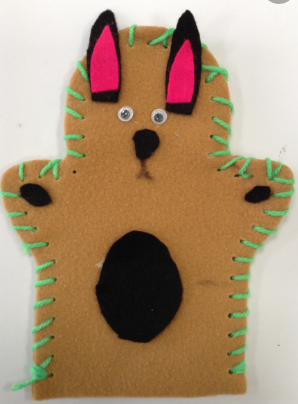
Children will learn simple techniques for joining pieces of fabric including the whip stitch. After experimenting with simple stitches and using glue to attach decorations, the children will design and make their own glove puppet.
Year 2
Bridge Structures
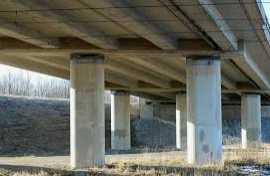
Children will learn about the design features of bridges and explore the use of tubes and braces to make structures strong, stiff and stable. Based on their practical knowledge of bracing pillars and ribbing the deck, children will design and build their own toy bridge.
Wheels and Axles

Children will learn about the working parts of a wheeled vehicle. After gaining practical experience of using wheels, axles and axle holders, children will design and make their own toy vehicle.
Soft Cushion
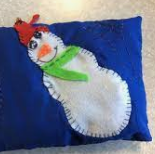
Children will learn to join pieces of fabric using a running stitch, back stitch and an overstitch. After gaining practical experience of joining and decorating pieces of fabric, the children will design and make their own small cushion.
Years 3 & 4 Learning Journey
Year 3
A Useful Box
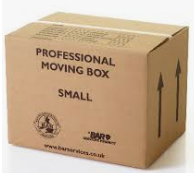
Children will learn about simple shell structures. After gaining practical experience of laminating, corrugating and ribbing pieces of card in order to strengthen them, the children will design and make their own useful small box.
Extending Toy
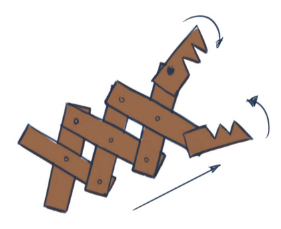
Children will learn to build lever and linkage mechanisms and gain practical experience of working with levers, linkages, fixed pivots and loose pivots. Based on their practical knowledge of these mechanisms, the children will design and build their own extending toy.
Textile Purse

Children will learn techniques for joining fabrics, creating compartments and using fasteners to close their purses. Drawing on their practical experience of joining and strengthening pieces of fabric the children will design and make their own purses.
Year 4
Desk Tidy
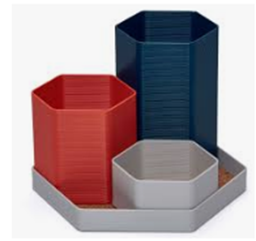
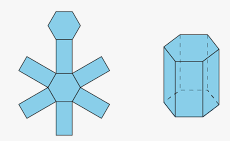
Children will learn to consider the environmental impact of plastic products. They will select a biodegradable material that can be enhanced (made strong, stiff, waterproof and durable) and used to make a desk tidy. After gaining practical experience of making containers for a desk tidy, the children will design and construct their own.
Gift Card with Moving Parts

Children will learn to create linear, oscillating, reciprocating and rotary movements using levers and linkages. After gaining practical experience of making e mechanisms to create these movements, the children will design and make their own gift card.
Storage Bag
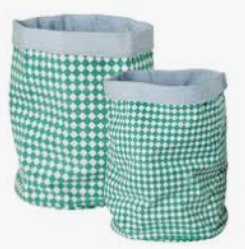
Children will learn to use 2D shapes to create 3D products. They will make use of an adequate seam allowance in order to glue and stitch pieces of fabric. After investigating and testing different shapes of bag, the children will design and make their own storage bag.
Years 5 & 6 Learning Journey
Year 5
Model Tent

Children will learn about the properties of two contrasting tent designs: ridge tents and semi-geodesic tents. They will continue to develop their knowledge of how to create strong, stiff and stable structures by exploring geodesic domes and exploring the use of ropes to create tension in structures. Based on this practical experience, children will design and build their own model tent - a tent that is both robust and comfortable.
Cam Toy
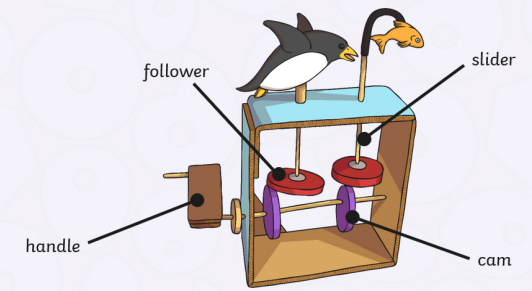
Children will explore simple cam mechanisms and learn to recognise the movements created by different cam shapes (oval, elliptical, snail and eccentric). Based on their practical experience of cam mechanisms, the children will design and build their own cam-driven toy.
Bag for Life
Children will learn about the environmental problems associated with the textile industry and challenge themselves to design a ‘bag for life’ carrier bag by repurposing pieces of fabric. They will investigate techniques for securing handles and joining pieces of fabric to ensure that the bags are strong and sturdy. Based on their practical experience of these techniques, the children will design and make their own bags.
Year 6
Wooden Trinket Rack
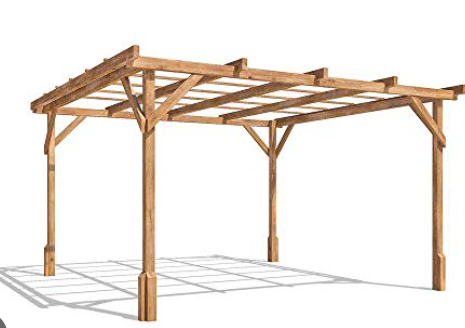
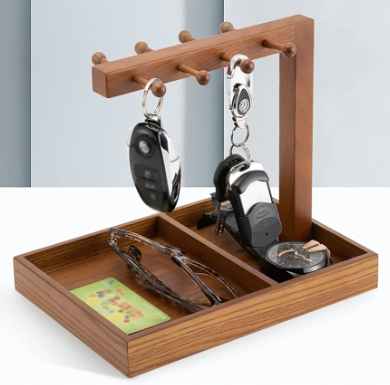
Children will learn basic woodwork skills and apply them to the construction of a wooden trinket rack based on the design of wooden pergolas. After gaining experience of using techniques (internal and external braces) to strengthen wooden structures, and being made aware of the importance of accuracy and precision when measuring and cutting wood, the children will design and make their own trinket rack.
Toy Car
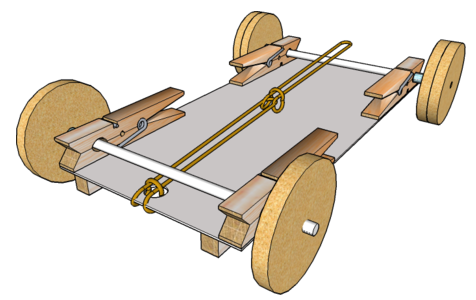
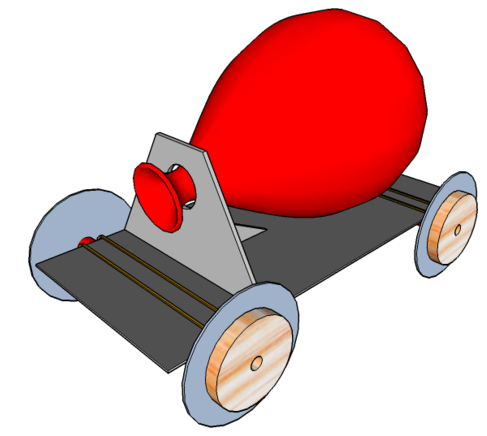
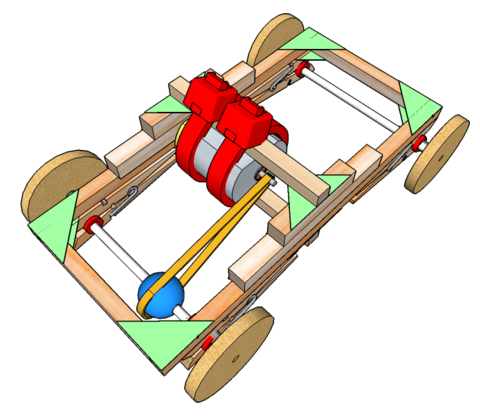
Children will explore methods for propelling toy cars and gain a practical experience of using them. Based on this practical experience, the children will be challenged to design and build a self-propelled toy car that demonstrates a commitment to the principles of sustainable and renewable energy. Children will be offered the opportunity to combine different methods of propulsion for their own car.
Pencil Case
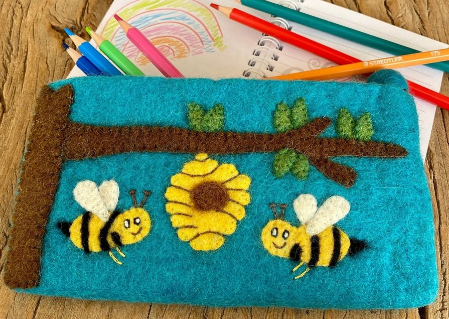
Continuing to work with sustainably sourced fabrics, children will explore a wider range of stitches and consider ways of fastening products securely. During this project children will be challenged to show innovation in their designs by including ‘special features’ that enhance either the functional or aesthetic quality of the pencil case.
